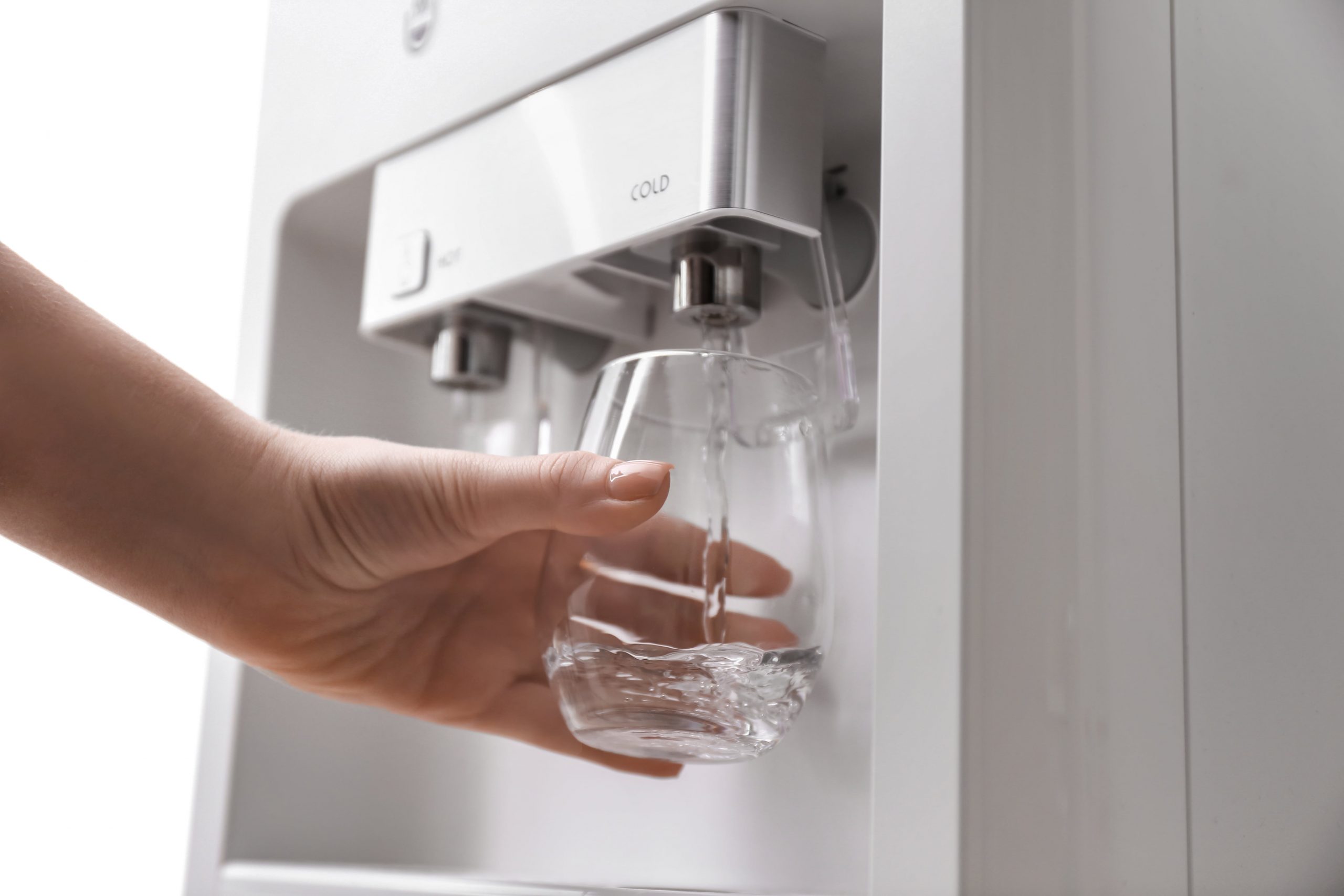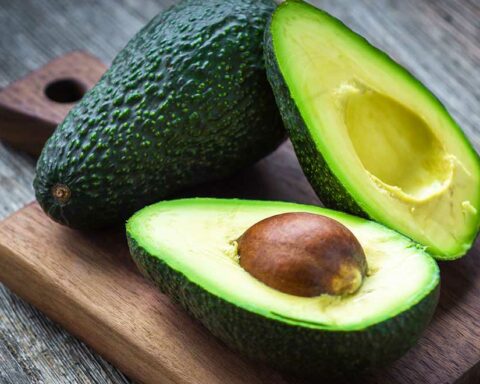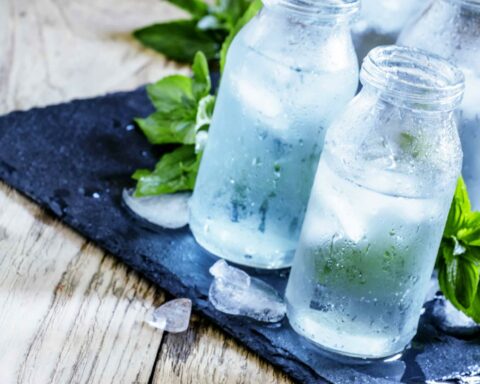Water is an essential nutrient that is needed by your body for proper functioning. Optimal intake of water is necessary to maintain your health. At least 8 glasses of water per day are enough to keep your cells in good condition.
Generally, water helps replenish lost electrolytes. Dehydration which occurs with less intake of water, can cause serious health problems, and fluid overload due to accumulation of water in tissues is also detrimental. Despite knowing how enough intake of water is important for health, it appears that most people are not sure of the best type of water to take. This article will explain the differences between distilled, purified, and regular water to establish which best suits hydration.
Purified Water -What Is It?
From its name, it is obviously pure. It is made by processing or filtration that removes impurities such as chemicals and contaminants. In many cases, purified water is produced from tap or groundwater. According to the National Institutes of Health, the purification process that this water is passed through removes lots of impurities, including fungi, bacteria, algae, parasites, chemical pollutants, copper, lead, and other materials. Several methods can be used to purify water commercially or for domestic purposes. In many developed countries, water consumed publicly is purified to make it safe for human consumption. One report by the World Health Organization, however, states that more than 2.1 billion people around the world have no access to safe drinking water.
Countries that purify water for public consumption, use the following methods for purification:
Coagulation and flocculation: This is the first step of water treatment. Here larger particles called floc are made by adding chemicals with positive charges which binds with negatively charged particles in water. The flocs are then filtered out.
Sedimentation: Involves allowing floc to settle at the bottom of water supply to, separating them from clean water.
Filtration: In this step, clean water standing on top of the supply is then filtered by passing it through various filtration systems made of charcoal, sand, and gravel. Here any remaining contaminants like viruses, bacteria, and chemicals are removed.
Disinfection: This is the last step and involves adding disinfectants like chlorine to the water. This ensures that bacteria or viruses that may have survived the initial steps are killed.
It is worth mentioning that treatment of water for public consumption may vary depending on the quality of local water and the area.
What Are the Health Benefits of Purified Water?
Tap water may be safe for consumption, but it may still be loaded with some contaminants. For this reason, the United States Environmental Protection Agency (EPA) has set standards and legal limits for the safety of drinking water that regulates more than 90 contaminants in water. On the other hand, the Safe Water Drinking Act permit each individual state to set their own standards for drinking water, provided that they align to the minimum requirements for contaminants set by the EPA. While stringent rules may be set by the regulatory bodies, public drinking water may contain contaminants that may impact your health negatively.
For example, trace contaminants like lead and copper can harm your health. When ingested over a long a time, they can lead to brain damage and cause stomach distress. However, drinking water that has been purified and bottled or filtered using in-home water filters may be free of heavy metals and other contaminants. Many types of purification systems, including charcoal filters can filter out chlorine, which is a disinfectant added to public drinking water. Studies indicate that chlorinated water can increase your risk of certain types of cancers including colorectal cancer. What’s more, water purification removes unpleasant taste that may be brought by organic matter, chemical treatments, or metal plumbing.
Downfalls Associated with Purified Water
Water purification may incredibly benefit your health. However, purified water may have some potential downfalls. For instance, many countries add fluoride to public drinking water to prevent dental decay and improve dental health. While fluoridated water has truly reduced dental decay, especially in children, some researchers argue that this chemical is not worth adding to public drinking water. Studies suggest that high levels of fluoride are extremely toxic to the brain and nerve cells. In addition, long term exposure to this chemical can lead to memory, learning, and cognitive deficits.
Other disadvantages of purified water include:
May contain trace amounts of contaminants: Depending on the type of purification system used, purified water may contain chemicals and pesticides.
Difficult to maintain: Systems of water purification must be checked regularly. Without proper and regular maintenance, contaminants and floc may build up in filters and penetrate drinking water.
Cost: Setting up an in-home water purification system or purchasing purified bottled water can be costly.
Distilled Water
This is a type of purified water that has been passed through the process of distillation. Distillation process involves boiling water and collecting its steam which becomes clean water upon cooling. It is an effective method of removing bacteria, viruses, and protozoa, as well as lead, sulfate and other chemicals. Due to its outstanding purity, distilled water is often used in laboratories and health facilities. Distilled water is free of contaminants such as pesticides and chemicals that are often found in public drinking water. Since it is free of bacteria, it is suitable for people with compromised immunity, including people with HIV/AIDS and certain types of cancers. Water distillation also removes chlorine and improves the taste of drinking water. Keep in mind that the process removes up to 99.9 percent of minerals in the water, including calcium, fluoride, and magnesium. This makes it less healthy and increases the risk of ailments like cavities.
Regular water Vs Purified Water – Which Is Best For Your Health?
Various human activities can contaminate drinking water and affect its quality. It is thus important to install an in-home water purification system. You can also buy purified or bottled water, especially if you live in countries where proper sanitation is not adhered to.
Conclusion
Hydration is important and drinking clean water is necessary for your health. While there are regulatory bodies that check the safety of drinking water, most people prefer drinking purified water. This is because it is pure and free of certain chemicals and contaminants.
- WHY CAN DRINKING ALCOHOL TRIGGER ANXIETY? - January 7, 2023
- WHAT IS ORGASMIC MEDITATION? BENEFITS + HOW TO - January 7, 2023
- THE BEST WAYS TO PREVENT WEIGHT GAIN THIS WINTER - January 6, 2023









